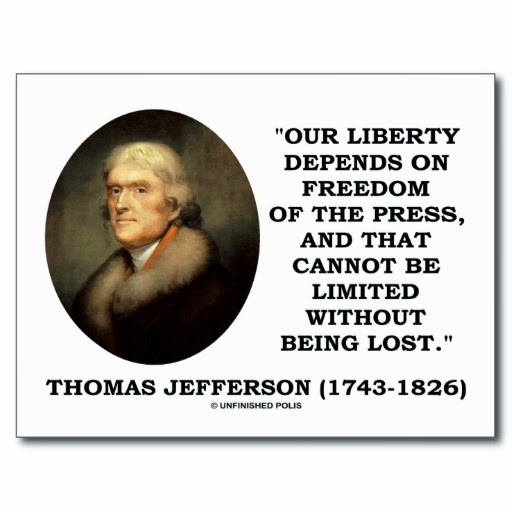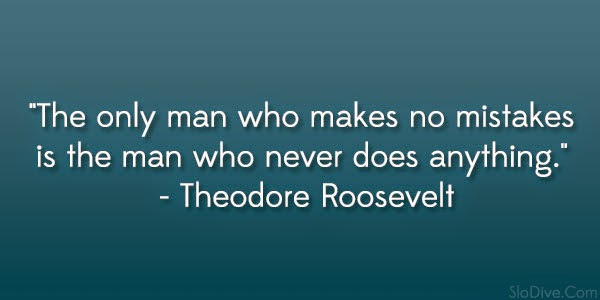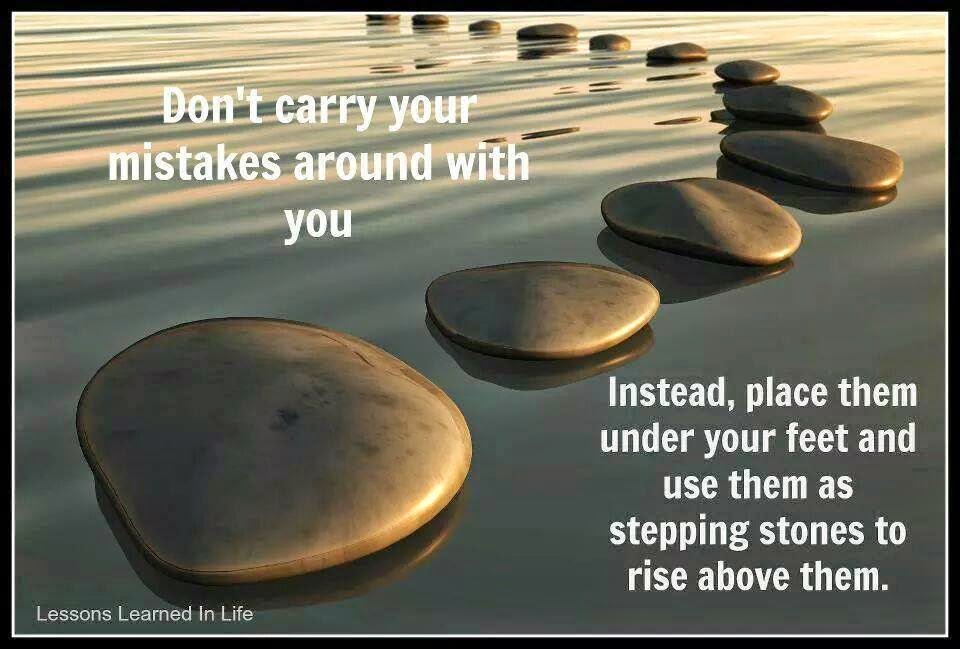
If you're over 20 — and you weren't stranded on a desert island 10 years ago — you must remember what happened on this day in 2000 — or, at least, the series of events that were set in motion on this day.
I am speaking about the 2000 presidential election — the closest election, at least in terms of the electoral vote, in more than a century and, ultimately, one of only a handful of presidential elections in American history in which the winner of the popular vote was not the winner of the electoral vote.
In the history books, it all comes down to the dispute over the state of Florida. I guess it is accurate to say that although there were some smaller states that remained too close to call for another day or two. The fight for the Florida electors was the one that decided the election.
 After most states had been called for either candidate on that Election Night, Vice President Al Gore was only a few electoral votes away from victory. But one big state, Florida, remained too close to call. If it went to Texas Gov. George W. Bush, the son of the former president, he would be the president–elect.
After most states had been called for either candidate on that Election Night, Vice President Al Gore was only a few electoral votes away from victory. But one big state, Florida, remained too close to call. If it went to Texas Gov. George W. Bush, the son of the former president, he would be the president–elect.The initial count gave Bush a narrow lead, and the networks declared the state — and, consequently, the election — in Bush's favor, but the networks soon withdrew their projections when the outcome proved to be inconclusive.
It turned out the vote was close enough that a state–mandated recount was necessary, and that led to a bizarre parade of almost surreal images from Florida — of poll judges meticulously examining paper ballots for "hanging, dimpled or pregnant chads" that might provide some clue as to the intentions of the voters.
About five weeks after the voters went to the polls, the Supreme Court ruled 5–4 that the originally certified results, which had narrowly favored Bush, should hold. Consequently, Bush won the state's electoral votes and the election, but Gore won the popular vote.
As I say, the history books give Florida center stage in the drama, a slot it certainly did occupy throughout November and into December in 2000, but it is erroneous to believe that Florida alone decided what happened.
In no particular order
- Ralph Nader was blamed by some for Gore's defeat, particularly in Florida.
 As Columbia University's Dr. Manning Marable observes, most of Nader's support was thought to have come at Gore's expense. In Florida, where Nader received nearly 100,000 votes while Gore lost the state to Bush by a few hundred, that prospect was particularly tempting for the role of scapegoat.
As Columbia University's Dr. Manning Marable observes, most of Nader's support was thought to have come at Gore's expense. In Florida, where Nader received nearly 100,000 votes while Gore lost the state to Bush by a few hundred, that prospect was particularly tempting for the role of scapegoat.
In Florida, Democrats muddied the waters by alleging that the combination of Nader's presence on the ballot and some confusing voting procedures in some counties, like the "butterfly ballot," produced unique problems.
But Marable observes that Nader received most of his votes in states that were not competitive, and Marable asserts — correctly — that Gore was largely responsible for his own defeat.
Gore's home state of Tennessee voted for both him and his father in Senate races, and it voted for the Clinton–Gore ticket twice in the 1990s. But, in 2000, Gore lost Tennessee by four times as many votes as Nader received there.
It was the first time in nearly 30 years that a major party's presidential nominee had failed to carry his home state.
Gore also lost the state of West Virginia, which had not voted for a non–incumbent Republican since it voted for Herbert Hoover in 1928. It has now done so twice in the last 10 years, but, in 2000, the only Republicans who had carried West Virginia in the previous 72 years were incumbents seeking re–election — Eisenhower in 1956, Nixon in 1972, Reagan in 1984.
As Marable pointed out in 2001, "Had Gore carried either his own home state, or even West Virginia, he would be president today." - I'm not sure, however, if I agree with Marable's assessment of the three things that were at the heart of Gore's defeat — his decision to distance himself from Bill Clinton, his inability to address the concerns of those who voted for Nader and what Marable called "the bankruptcy and failure of the 'New Democrat' strategy."
On the first point, I definitely agree. Gore declined to use what may have been the most valuable campaign asset he had — his boss, President Clinton.
A decade later, Clinton is still second to no one, not even the current president, at energizing a Democratic crowd — but, in 2000, he was still the president. He had presided over a budget surplus. He had a 60% approval rating.
And Air Force One — and all the other props that come with the presidency — were still his to use.
Gore may well have been squeamish about utilizing Clinton so soon after his impeachment trial, during which his relationship with a White House intern played an unseemly role, but he was not the pragmatic politician that Clinton was if he failed to recognize Clinton's value on the campaign trail.
And, as a result, I tend to think he may never have had the qualities of a good president to begin with.
Jacob Weisberg, writing in Slate the day after the election, agreed it was a mistake not to "embrace the accomplishments record of the Clinton administration."
Weisberg also criticized the Gore personality, which was criticized earlier in his political career as wooden. To me, he seemed more relaxed as vice president, but, when he sought the presidency in 2000, Weisberg wrote, "There's something about Gore's public personality that's just plain hard to take."
While I supported Gore in that election, I have to admit that there is a certain amount of truth in that. If nothing else, it seems to explain Weisberg's third criticism, which was "[i]n the wake of a successful centrist presidency and the best economy in memory, Gore adopted an angry populism as the tone of his campaign. Michael Kinsley aptly characterized this stance as 'You've never had it so good, and I'm mad as hell about it.' "
It did seem uncomfortably inappropriate, Gore's justification for distancing himself from a president who brought prosperity to the nation but set a bad example in his personal behavior.
I'm also inclined to agree with Marable that Gore failed to address the concerns of the Nader constituency. He largely underestimated it and, as Marable observes, ignored it.
But I'm not sure I agree that the "New Democrat" strategy was bankrupted by 2000, merely eight years after it was unveiled. Perhaps it depends on your perspective.
I don't think the message was faulty. Perhaps it was the messenger.
Was Gore at fault? Yes, to a certain degree.
Was Nader at fault? Not as much as some would have you believe.
More than anything, it seems to me the 2000 election was an argument against the continued use of the Electoral College.
If the president had been chosen strictly on the basis of the popular vote in 2000, Gore would have won. He received more than half a million votes more than Bush — and joined a rather exclusive club of presidential candidates who won the popular vote but lost the electoral vote.










1 comment:
The National Popular Vote bill would guarantee the Presidency to the candidate who receives the most popular votes in all 50 states (and DC).
Every vote, everywhere, would be politically relevant and equal in presidential elections. Elections wouldn’t be about winning states. No more distorting and divisive red and blue state maps. Every vote, everywhere would be equal and counted for and directly assist the candidate for whom it was cast. Candidates would need to care about voters across the nation, not just undecided voters in a handful of swing states.
The bill would take effect only when enacted, in identical form, by states possessing a majority of the electoral votes–that is, enough electoral votes to elect a President (270 of 538). When the bill comes into effect, all the electoral votes from those states would be awarded to the presidential candidate who receives the most popular votes in all 50 states (and DC).
The bill uses the power given to each state by the Founding Fathers in the Constitution to change how they award their electoral votes for president. It does not abolish the Electoral College, which would need a constitutional amendment, and could be stopped by states with as little as 3% of the U.S. population. Historically, virtually all of the major changes in the method of electing the President, including ending the requirement that only men who owned substantial property could vote and 48 current state-by-state winner-take-all laws, have come about by state legislative action, without federal constitutional amendments.
The bill has been endorsed or voted for by 1,922 state legislators (in 50 states) who have sponsored and/or cast recorded votes in favor of the bill.
In Gallup polls since 1944, only about 20% of the public has supported the current system of awarding all of a state’s electoral votes to the presidential candidate who receives the most votes in each separate state (with about 70% opposed and about 10% undecided). The recent Washington Post, Kaiser Family Foundation, and Harvard University poll shows 72% support for direct nationwide election of the President. Support for a national popular vote is strong in virtually every state, partisan, and demographic group surveyed in recent polls in closely divided battleground states: Colorado– 68%, Iowa –75%, Michigan– 73%, Missouri– 70%, New Hampshire– 69%, Nevada– 72%, New Mexico– 76%, North Carolina– 74%, Ohio– 70%, Pennsylvania — 78%, Virginia — 74%, and Wisconsin — 71%; in smaller states (3 to 5 electoral votes): Alaska — 70%, DC — 76%, Delaware –75%, Maine — 77%, Nebraska — 74%, New Hampshire –69%, Nevada — 72%, New Mexico — 76%, Rhode Island — 74%, and Vermont — 75%; in Southern and border states: Arkansas –80%, Kentucky — 80%, Mississippi –77%, Missouri — 70%, North Carolina — 74%, and Virginia — 74%; and in other states polled: California — 70%, Connecticut — 74% , Massachusetts — 73%, Minnesota — 75%, New York — 79%, Washington — 77%, and West Virginia- 81%.
The National Popular Vote bill has passed 31 state legislative chambers, in 21 small, medium-small, medium, and large states, including one house in Arkansas (6), Connecticut (7), Delaware (3), The District of Columbia (3), Maine (4), Michigan (17), Nevada (5), New Mexico (5), New York (31), North Carolina (15), and Oregon (7), and both houses in California (55), Colorado (9), Hawaii (4), Illinois (21), New Jersey (15), Maryland (10), Massachusetts (12), Rhode Island (4), Vermont (3), and Washington (11). The bill has been enacted by the District of Columbia, Hawaii, Illinois, New Jersey, Maryland, Massachusetts, and Washington. These seven states possess 76 electoral votes — 28% of the 270 necessary to bring the law into effect.
See http://www.NationalPopularVote.com
Post a Comment